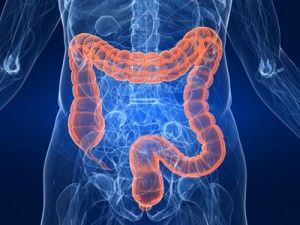Endoscopy & Colonoscopy
 Endoscopy
Endoscopy
Endoscopy refers to the passage of a small lighted tube with a TV camera inside the upper or lower intestinal tract allowing the surgeon to inspect for signs of cancer or other disorders.
Upper Endoscopy (EGD)
At the beginning of your body’s digestive system is your esophagus, stomach and small intestine. An upper endoscopy allows the surgeon to directly inspect the lining of these organs. This may be used to assess for polyps or cancers, esophagitis, GERD, peptic ulcer disease, any areas of potential bleeding, or celiac disease to name but a few. This may be done as a screening test depending on your symptoms or family history. It can also be therapeutic in certain instances without the need for surgery.
For patients who are unable to eat by mouth, upper endoscopy is now used to place a long term feeding tube directly into the stomach. This is called a PEG (percutaneous endoscopic assisted feeding tube placement). For patients who have had previous abdominal surgery, this is sometimes performed laparoscopically or surgically. Alpine Surgical is able to provide either technique depending on a patient’s needs.
Upper Endoscopy is generally performed with an intravenous sedative in the outpatient Endoscopy Suite. The procedure takes approximately 20-30 minutes. You will be allowed to return home shortly after the procedure. You may resume normal activities as able. You will not be allowed to drive or operate heavy machinery the day of your procedure since you will have received a sedative. Some bleeding is to be expected after a biopsy has been performed.
Colonoscopy
For colonoscopy, you will spend an hour or two at the Endoscopy suite. You are given a sedative and pain medication to keep you relaxed for the duration of the procedure. It usually lasts approximately 30 minutes. While lying on your side, the scope is inserted up the anus and passed to the beginning of the colon. To facilitate excellent visualization the the entire lining of the colon, air is inflated to more easily inspect the walls of the colon and guide the tube through it. The procedure is directly viewed on a TV screen as it is being performed. Any abnormal polyps or other suspicious areas can be painlessly biopsied throughout the procedure.
